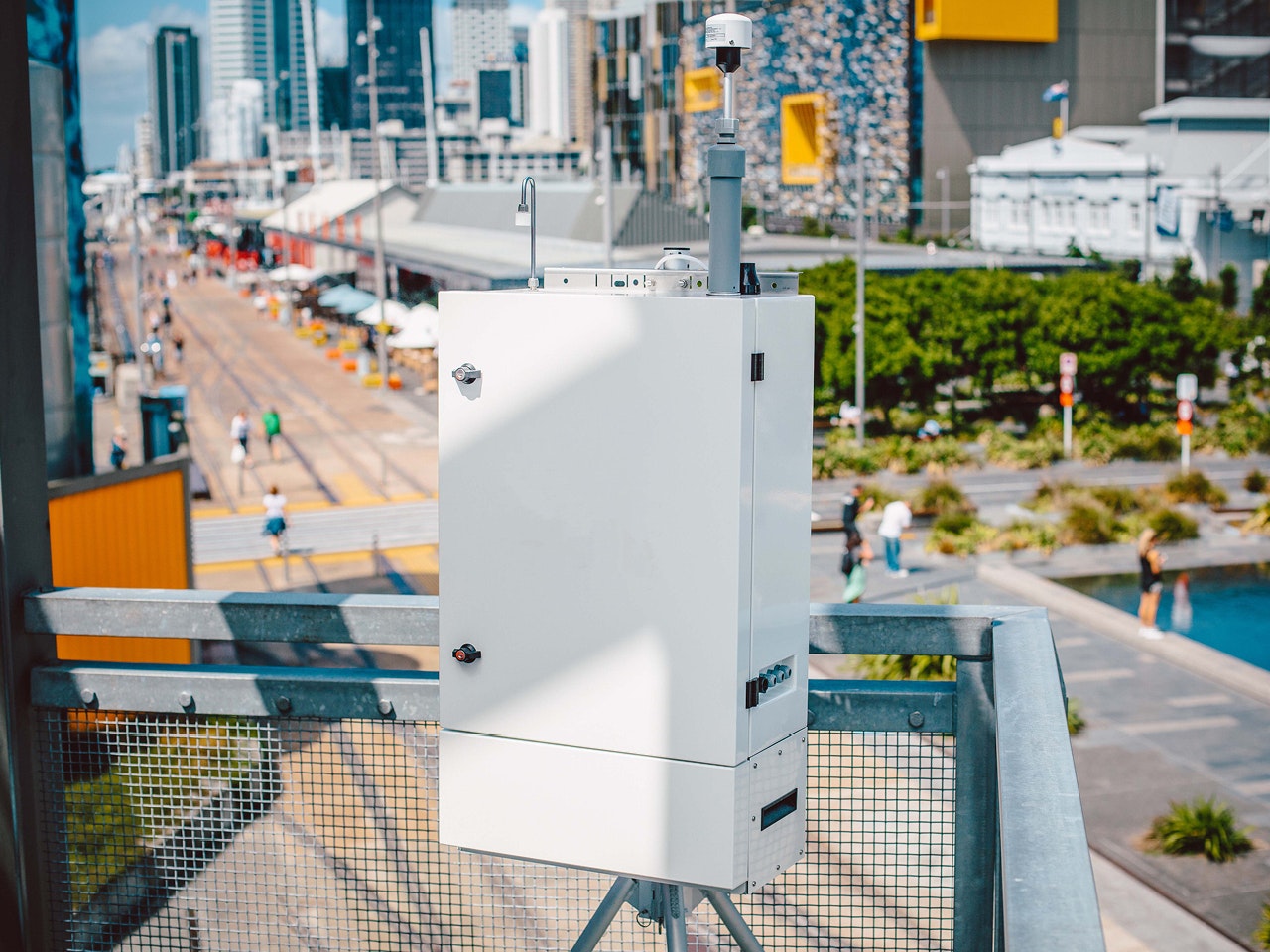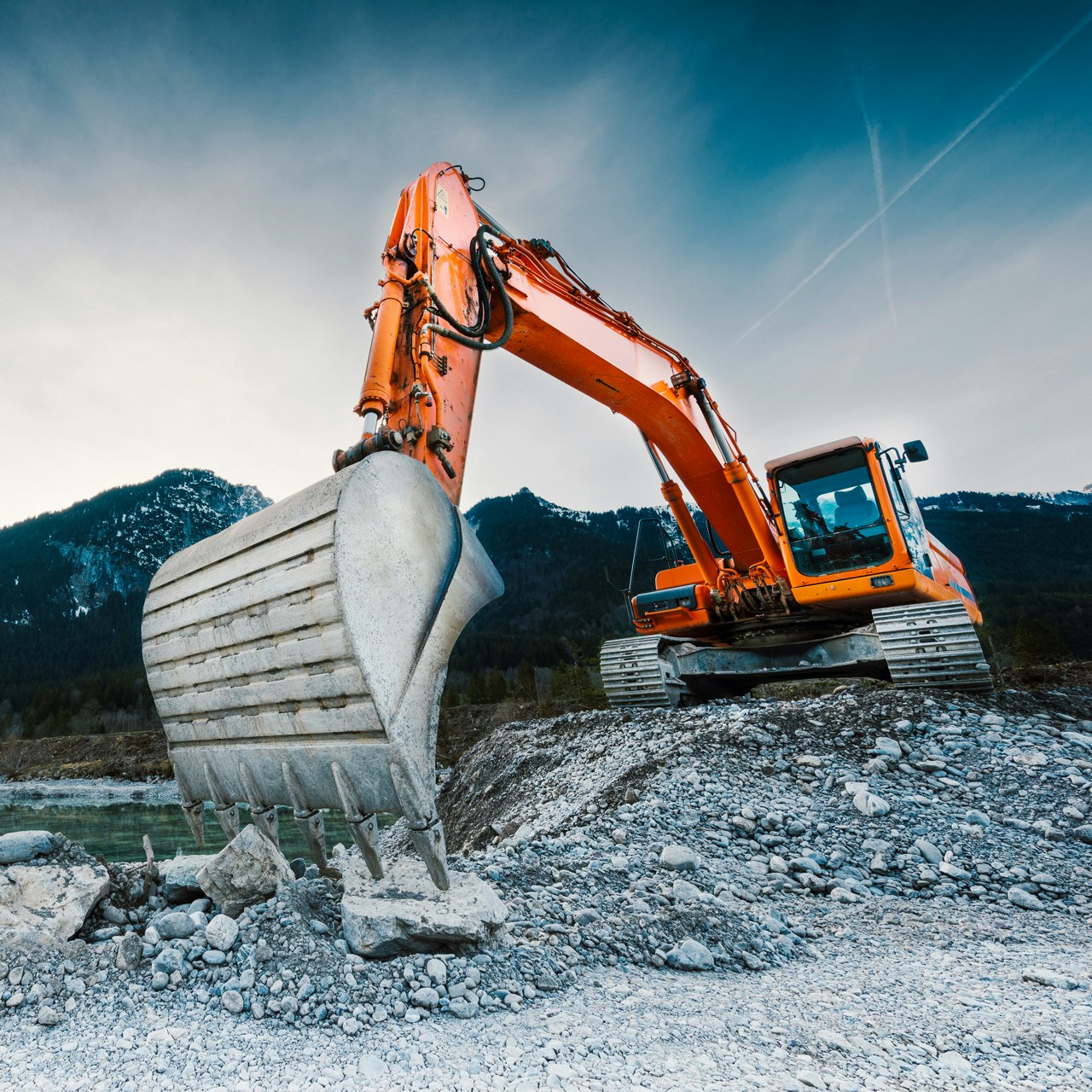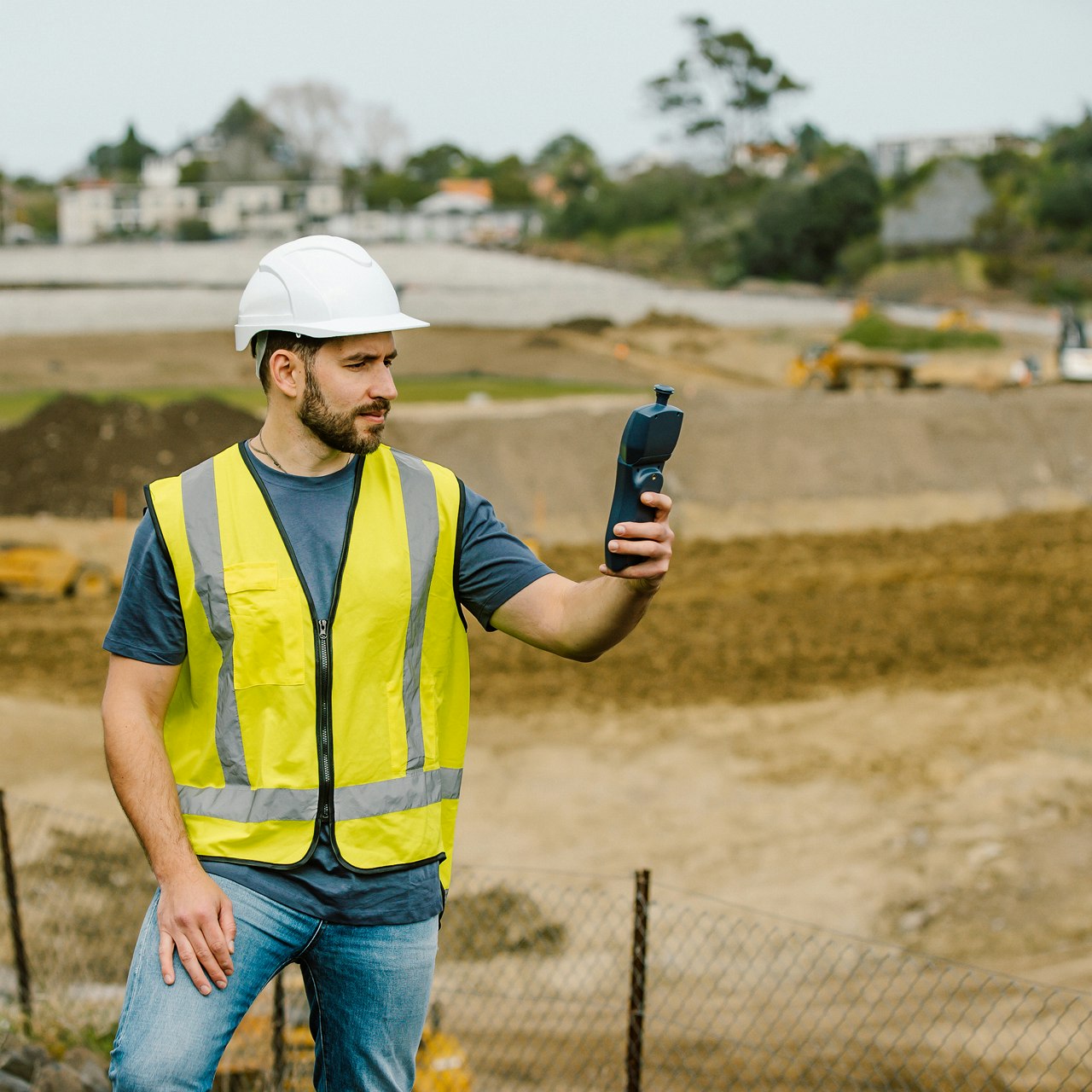Blog
AQM 65, new compact air monitoring station
Article Details
Last Updated
14 September 2025
Published
18 February 2015
Category
Outdoor
Introduction
The AQM 65 was announced to the press and public today, a very proud moment for all of us at Aeroqual as well as our partners around the world. Orders are being accepted with first units shipping in April 2015.
It is with some sadness that we say goodbye to the AQM 60, ground-breaking when it was introduced back in 2008. Seven long years of building, deploying and supporting AQM 60s in the field has taught us so much about sensor-based air quality monitoring. All along our customers have urged us to focus on two things:
1) highest possible data quality that is traceable back to US/European reference standards
2) take away the cost and the complexity associated with most air monitoring equipment
We’ve been listening, and the AQM 65 is our answer to your call. Here’s what you can expect.
Improved all-round sensor performance
Sensors are temperamental things especially when they’re being used to measure very low levels of gas pollutants, as is commonly found in ambient air monitoring. They react to changes in temperature and humidity. That is why very early on, we chose to air condition the AQM 60 enclosure. Maintaining a consistent internal environment is crucial to getting maximum performance especially in challenging climates.
The 65 features a custom designed aluminium enclosure, painted white to reflect solar energy, with thick insulation all the way round. The heating and cooling is provided by a thermal management system housed in a cassette which bolts to the bottom of the enclosure. Airflow is achieved through ducting integrated with the enclosure walls, which ensures nothing obstructs the free movement of air around the chamber.
The inlet system has also been improved. The inlet tube features a Siltex glass coating on a stainless steel outer. Glass is inert and will not react with the incoming gas sample – especially important when measuring at ppb levels. From there a single manifold duct runs down through the chamber wall and connects to the sensors in the shortest route possible. Again this minimises analyte loss (and keeps the internal tubing much tidier).
The result is much improved sensor performance especially at the highest and lowest ends of the operating temperature range.
Extended operating temperature -30ºC to +50°C
The gains made with heating and cooling performance have also allowed us to extend the operating temperature range. Whereas the AQM 60 was rated down to -20°C the AQM 65 is capable of operating comfortably all the way down to -35°C. We know our customers in Canada and Russia are excited!
What this means is that customers in very hot and very cold climates can have increased confidence that their air monitoring system will hold up in the most punishing conditions. It also means that additional shelters and heating or cooling is not required – lowering the total system cost as well as the installation footprint.
It further distinguishes the AQM 65 from other compact sensor-based air monitors which lack thermal management systems. They struggle to match the sensor performance demonstrated by the AQM 60 because of the interference of temperature and humidity, and they cannot be left for long periods in very hot or very cold climates.
Lower detection limits for SO2 and H2S sensor modules
Taking into account customer feedback we have worked hard to improve SO2 and H2S measurement in the AQM 65. Electrochemical sensors for these gases are fairly limited, primarily suited to detection rather than precise measurement. Stated minimum detection limits (MDL) are only ever achievable under perfect conditions in the lab – never in field conditions as required by ambient air quality monitoring systems.
Keeping the sensors in a very stable environment is one way to improve performance, and changes to the enclosure and thermal management system have made big gains in the baseline noise. But we needed more so our CTO Geoff Henshaw came up with a novel way to drop the MDL even lower. He borrowed a technique from our O3 and NOx modules and applied it to SO2 and H2S.
The modules incorporate a chemical filter to remove the target analyte and operate on a zero cycle. This means the sensor measures the sample air with the target analyte and without the target analyte and then reports a measurement based on an algorithm that uses those two inputs. The result is a whopping 4 x reduction in MDL for the SO2 module, now down at 9ppb, and 12ppb on the H2S.
This matters because ambient levels of SO2 are low and in many places getting lower. The WHO recommends an interim target 24 hour average of 150 micrograms dropping to an intermediate target of 50 micrograms (19ppb). SO2 is also a key pollutant emitted from industrial sources such as coal fired power stations and petrochemical plants. Reliable detection in these settings requires a low MDL and very low baseline noise.
Sophisticated new software interface, Aeroqual connect
Software is the most common way our customers interact with their instrument. So reducing complexity for our customers had to start with a smooth new user interface. Aeroqual Connect is the instrument operating system developed for the AQM 65 (also available for retrofit on the AQM 60) and comes standard with every unit built.
In the AQM 65 Connect is loaded onto an industrial PC inside the enclosure. Users connect wirelessly with the PC through WIFI or cellular modem, or wired via Ethernet/LAN. They interface with the software through the browser on any connected device – laptop, computer, tablet, phone. Chrome, IE, Safari are all supported.
The various functions of Connect are contained within apps that appear in the browser window – there are apps for viewing data, calibration, diagnostics, configuration, and administration. What each of these apps lets you do has been brilliantly explained by our Training & Support Manager Dr John Wagner in the following video.
Connect is not only a great way to view air quality data, it creates a bridge between customers, distributors and Aeroqual and the AQM 65. Allowing everyone to ‘see’ the instrument even on the other side of the world, means we can be more involved in its day to day operation. We can also spot issues early and fix them fast. This gives customers a huge amount of confidence.
Cloud-based data acquisition system free for the first 6 months
Aeroqual Cloud is a cloud based data acquisition system that takes data from the AQM 65 and stores it on ‘the cloud’. From there users access the data via any web-enabled browser. Cloud looks much like Connect only the data is housed on a server rather than on the instrument. This has a number of advantages:
- Browsing speed is much faster, because the cloud servers offer a much faster connection that the embedded PC can
- Data usage costs are lower when using a remote connection, because users are interacting with data on the cloud servers over the internet rather than with the PC over the cellular modem
- Cloud allows multiple users to access multiple instruments all at the same time
- Gives greater control over permissions across multiple users and stakeholders
- Data is backed up to the Cloud, and is therefore completely secure
- Data can be accessed from the Cloud even when the instrument is disconnected
So customers can experience the benefits of Cloud we have decided to include 6 months free subscription with every AQM 65 sold. After that customers will be asked to pay a very modest connection fee. We are confident that most will choose to stay on once they’ve had a taste!
Easier to use (easy on the eye too)
The custom enclosure meant we could incorporate lots of little things that will please the technicians – we haven’t forgotten you!
One of those was keeping the wiring and tubing inside the enclosure as neat and tidy as possible. During servicing wires and tubes get in the way of hands and tools so technicians will appreciate the gas manifold being tucked into the wall of the enclosure. Everything is easier to access now the wiring is largely confined behind the base plate.
Recessed carry handles have been added, right at the centre of gravity. Lifting and carrying the AQM 65 is even easier than the 60. There’s a little hex seat that stops the inlet tube from spinning when you tighten it with a spanner. All the glands and the waterproof Ethernet port are laid out in a neat line on one side of the enclosure, near the bottom so they’re more accessible when the AQM 65 is installed up high.
What else.. oh did we mention the AirCal 8000 integrated calibration option is now completely modular? Instead of having to order it at the point of manufacture the AirCal 8000 can be added at any time. This means you can order the AQM 65 standard version, use it for a year or two then add the AirCal 8000 at a later date.
The AirCal 8000 allows you to carry out remote calibrations, greatly reducing costs of servicing and giving you maximum traceability. It is a bit more expensive, so not all customers go for it at the point of purchase. However many wish they had once the benefits become clear. So knowing it can be retrofitted is one less thing to worry about.
Last but not least, the AQM 65 looks pretty sharp too. At least we think so. Of course it’s all about data quality, mobility, useability but it never hurts to look great while you’re doing it! We went with white for the solar reflective factor and because it fits our brand and the purpose of the product – cleaning up the air. They’ll get dusty and dirty over time, they always do, but we’re sure customers will feel good about their purchase when they open up the box..
The AQM 65, we hope you enjoy using it as much as we’ve enjoyed making it.
Thank you!
Real-time air monitoring made easy
Take the time and hassle out of your next project with a real-time air quality monitoring solution.












